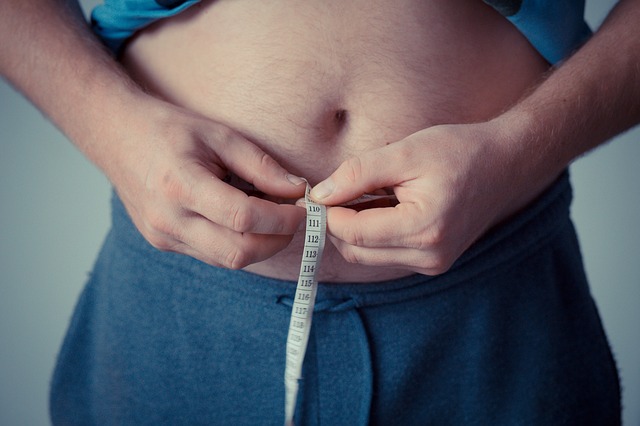With expanding waistlines over the past few decades can be due to food portion size
People these days eat much more than they used to and that means that more calories are being ingested that is not burned as quickly. The problem is that many of us have become so used to seeing food displayed in supersize portions that we do not realize that it’s more than we need.

Take, for instance, bagels. Twenty years ago, the average bagel size was 3 inches and it had 140 calories. Today, they are a whopping six inches with 350 calories!. That actually meets half a person’s recommended number of grain servings per day.
Overeating can lead to obesity and that is certainly a concern because of potential medical problems such as high blood pressure, high cholesterol, type 2 diabetes, bone, and joint problems, breathing and sleeping problems, and depression. As people age, there is a great risk for heart issues and stroke.
According to Kid’s Health “How much food should I eat”, it is “easy to understand why the food industry tends to serve way more food than is necessary. Customers love to feel like they’re getting the best value for their money! But the value meal is no deal when it triples our calories and sets the stage for health problems.”
In order to help yourself with food portions, be sure to read the label on any food package. The nutritional information section will give you a serving size but note that it doesn’t tell you the amount you should be eating. It’s only a guide as to the amount of fat, sugar, and salt you will consume by eating that food product.
Also, keep in mind that serving sizes tell you how much nutrition you’re getting from a particular food but they do not tell you which foods you need to consume in order to stay healthy. Nor do they tell you how much of those foods you should eat. You can find help with this using the U.S. Department of Agriculture’s MyPyramid which divides foods into six groups: grains, vegetables, fruits, oils, dairy, meat, and beans.
Then, use the MyPyramid to figure out how much of these foods you should eat depending upon your age, gender, and daily activity level. Once you have this information, you can take control of your food intake.
“How much food should I eat” continues by stating that “serving sizes on food labels and recommended amounts on My Pyramid are usually given in grams, ounces, or cups. Of course, most of us don’t carry around food scales and measuring cups. So how can we translate those amounts into quantities we can relate to? That’s where the following visual cues come in. (Just be warned: Some might seem small, especially to recovering super-sizers!)”
An easy way to size up portions is to use your hand. A clenched fist is about a cup — and a cup is what experts recommend for a portion of pasta, rice, cereal, vegetables, and fruit. A meat or protein portion ought to be about the size of your palm. It is always a good idea to limit the number of fats that you consume such as butter, mayo, or salad dressing. A good way to do this is to measure the fat portion to the size of the top of your thumb.
Also, imagine your plate divided into four equal parts: one for protein; another for starch; two for veggies. Be sure not to overlap or pile the food high on your plate. To help you with portion control, here are some added tips:
1. Use a smaller plate to make your meal look larger.
2. Avoid taking the entire bag of chips to the sofa as you are more likely to overeat. Serve yourself in a separate container in the kitchen first.
3. Try eating from single-serving containers.
4. Eat three well-balanced, nutritionally based meals a day with one or two healthy snacks. Do not skip meals or wait too long in between them as the temptation to overeat at your next meal may be too hard to overcome.
5. Include more salads and fruit to the start of your meals in an effort to control hunger and give you a feeling of being full.
6. Eat slowly and chew your food well.
7. If you do want seconds, choose more veggies or salad.
The most important thing is to let your stomach tell you when you are done eating, not your eyes. Listen to your body’s natural signals as to when it is hungry and when it is full. Bon appetit!.
For more information, click here.



